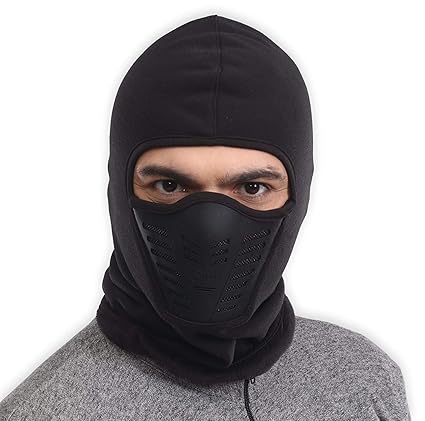I find cold temperatures can give me a runny nose.
Ie under 15 degrees, this temp would be slightly different for different people.
I’m wondering if there is a way to keep colds and flu at bay using warm air ?
Use people who get runny noses in cold air
Also use people who regularly get colds each year.
Look at people who don’t easily get runny noses in cold air.
Create a study into people who wear face / nose marks designed to keep the temperatures of the nose at warmer temperatures of around 20 degrees.
Maybe they will only have to wear face masks for only a few months of the year while in colder environments.
The face / nose masks could be designed to be transparent and light and just covering the nose area.
That could be one way people get so many cold is drawing in cold air into a warmer body, the colder the air the more likely of a runny nose.
It would create some interesting science of colder temperatures being drawn into a warm body at 36 degrees.
Start at 15 degrees and work down to minus 40 degrees using cold air.
Some how the body reacts to cold air by creating a runny nose, why?
This could be a new area to study. Unless its already been done.
The study would also look at runny noses and bacteria / viruses build up at certain temperatures.
Runny noses would give bacteria/ viruses germs a medium to easily move around more within the body.
Use 1000 people who get colds / flu wearing the nose mask and 1000 people who get colds / flu not wearing a nose mask.
Data from this study could then be used to create medications that work at certain temperatures, if the theory is correct.
It would be interesting to see bacteria/ viruses germs build up at certain temperatures.




